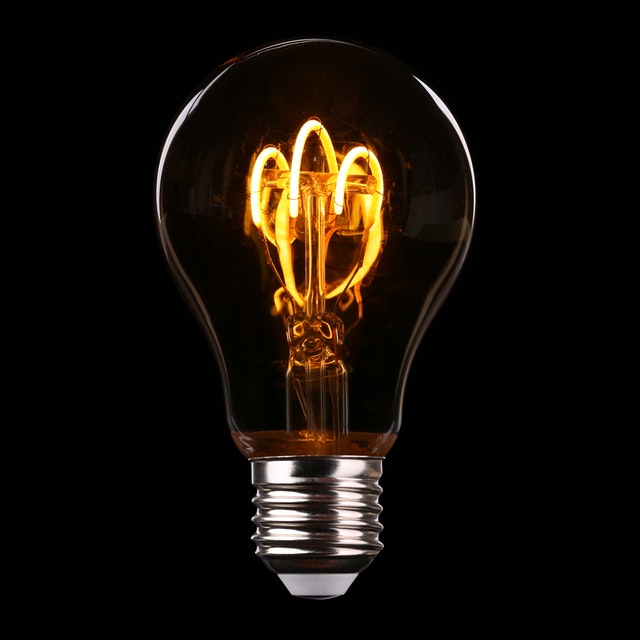
Things to Do Before a Power Outage
- Make a Lights Out Box with flashlights, batteries, emergency radio, solar lanterns, emergency and regular candles, matches, headlamps, glow sticks, etc. Keep it in a place you can easily find in the dark.
- Make a bedside kit with sturdy shoes, shirt, pants, flashlight, and whistle for each person in your house. Attach it to their bed frame, and is also be useful after an earthquake.
- Take an inventory of the items you need that rely on electricity.
- Sign up for local alerts and warning systems.
- If you have a home phone, determine whether it will work in a power outage and how long battery back-up will last.
- Keep mobile phones and other electronic equipment charged.
- Keep your gas tanks at least ½ full.
- Keep extra containers filled with gas if permitted.
- Keep small bills to make purchases.
- Have a fire extinguisher.
- Have a first aid kit and medicine.
- Buy a car charger or solar device charger.
- Buy a portable generator.
- Install carbon monoxide detectors with battery back up in central locations on every level of your home.
- Make an Off-Grid Entertainment Supplies Box to entertain everyone in your house. Include things like stationary supplies, notebooks, pens, pencils, sharpeners, coloring pencils, markers, glue sticks, glitter, puzzles, activity books, stickers, games, etc.
- Fill water barrels and other containers; a minimum of one gallon per person per day.
- Have a 1-week supply of non-perishable food. Have menus for each meal using this food.
- Buy a butane stove to safely cook food indoors. Research alternative cooking methods. Buy or make your own supplies to cook food outdoors: solar oven, rocket stove, buddy burner, etc. Have extra fuel for cooking outdoors. Keep at least 1 full propane tank if you have a gas grill.
- If your freezer is not full, put water bottles in it.
- Freeze a paper cup with water in it. Put a coin on top. If the coin is no longer on the top, you will know the food thawed.
- Use a thermometer in the refrigerator and freezer so that you can know the
temperature when the power is restored. Check refrigerated food for spoilage if it is 40 degrees or higher. - Have food set aside that requires no cooking. Google “what to eat when the power goes out” for ideas.
- Have paper plates, cups, plastic utensils, etc. to use. Have a manual can opener.